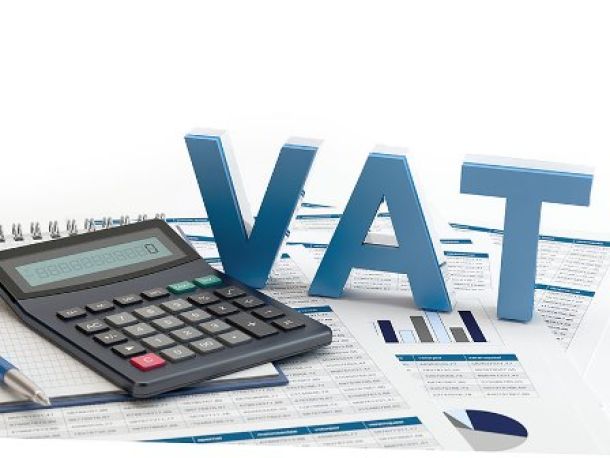SA faces double-digit price hikes for up to five years
South Africa faces double-digit electricity price hikes for the next five years as Eskom battles to keep the lights on and expand its power system, NUS Consulting SA general manager Elton Bosch said.
This level of power price increases was not going to be good for the economy, Bosch added. The first thing to go with the hikes in energy costs would be jobs and the power price hikes would also constrain economic growth, he said.
On the same note, Peter Montalto, an economist with Japanese investment bank Nomura, said yesterday that the power cuts by Eskom, offset by lower oil prices and the weaker rand, were expected to remove about 1.5 percentage points from growth this year.
Montalto said the markets had largely ignored problems at Eskom but following events in the first quarter of this year, when Eskom had up to 18 days of power cuts, the impact was beginning to show.
Nomura, which expected weak manufacturing and retail numbers for February and March, said it was the impact from the tariff increases that should make the market take note.
Bosch said the hike in power prices was causing businesses to close or apply for business rescue.
The key sectors of economy that were feeling the power price hikes hardest included manufacturing and small and medium enterprises, he added.
Bosch understands that Eskom is looking to spread the 25 percent increase over three years.
The increase from April 1, 2015, was going to be 12.69 percent but Eskom was looking to raise this by 9 percent to 22 percent, according to what Bosch has heard. The increase from April 1, 2016, was set to be 8 percent but Eskom was looking to raise this by 9 percent to 17 percent, he said.
The increase from April 1, 2017, was set to be 8 percent but Eskom was looking to raise this by 7 percent to 15 percent, Bosch said.
NUS Consulting conducts an annual electricity price survey of 18 countries including South Africa and Australia.
According to NUS’ September 2014 survey, South Africa’s power prices ranked 15th out of the 18 countries surveyed.
Bosch said if Eskom got its way and got its hikes in power prices approved then local energy prices would move into the top half of the 18 countries surveyed.
On the other hand, Montalto expected Eskom to push for an electricity tariff increase of about 25.3 percent in the current year after Eskom’s last application for a tariff increase was slashed for political reasons.
“However, the increasing cash crunch at Eskom and projected cost overruns for the year already mean Eskom will now be asking for a total increase of 25.3 percent for this year and an expected similar amount for next year,” he said.
Eskom’s original regulatory tariff increase was to be 26 percent in 2015; however, political intervention pushed cost savings at Eskom, and unilaterally reduced the tariff increase to 16 percent, and then to 8 percent. The same was true last year as well.
Nomura said the original determination was made based on the costs Eskom was incurring from its build programme and fuel costs.
Since then fuel costs have risen markedly – as Eskom relied more and more on its peaking capacity and open-cycle gas turbines, which both run on diesel – even in the face of lower oil prices.
As part of its bailout package Eskom could retrospectively reclaim cost overruns through the so-called regulatory account (RCA) framework with the regulator (Nersa), which led to the hike in tariffs rising to 12.69 percent for this year.
News Category
- International retailers
- On the move
- Awards and achievements
- Legislation
- Wine and liquor
- Africa
- Going green
- Supplier news
- Research tools
- Retailer trading results
- Supply chain
- Innovation and technology
- Economic factors
- Crime and security
- Store Openings
- Marketing and Promotions
- Social Responsibility
- Brand Press Office
Related Articles

Empowering South African households through gro...

SPAR shares practical tips to beat food inflation

South African motorists could be paying up to R...

Big VAT changes on the cards


